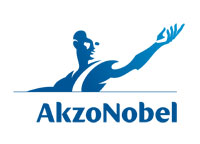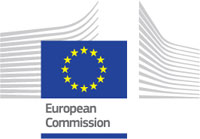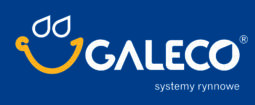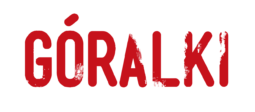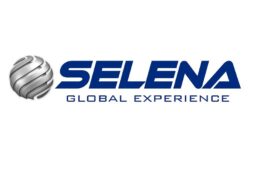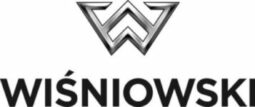Competitive
research
Table
of contents
- What is competitive research?
- Why is competitive research so important?
- What kind of information does competitive research provide?
- What techniques do we apply to competitive research?
- What should be taken into account in competitive analysis?
- How is competitive research carried out?
- Who should use competitive research?
- Our Clients
- Why choose our offer?
- Competitive research – Price list
- FAQ
Competition is one of the most important drivers of each company’s operations. Identifying direct competitors and learning about them enables creating more effective strategies and building market advantages. Research on competitors, that is, their number, market share, development stage, product base is important, as it allows us to answer the question “in which area can I increase my own sales?”

Why is the competitive research so important?
Most companies operate on a market with greater or smaller competition. As long as the company is not a monopolist, it has to face challenges created by the companies with similar offers of products and services. However, running a business is easier, if we know who our competitors are, what are their target groups and development areas and how it operates. Using that knowledge, we can find our market niche and stay on the safe side.

What information does the competition research provide?

Competitors research provides us with comprehensive knowledge about the companies producing similar products or offering same/similar services. In-depth analysis of actions and initiatives taken by the competitors allows us to detect mistakes they made and identify best practices they adopted. Competitive research allows us to answer the following questions:
- How many direct competitors operate on the market?
- What are their market shares?
- What are their target groups?
- What are competitors’ practices in marketing, sales, or similar areas?
- What sales channels do competitors use?
- What marketing actions do competitors take?
- What are the strong and the weak points of the competition?
- In which areas is the competition less present?
- What tends currently dominate in the sector?
- How to increase your market shares?
What techniques do we use in competitive research?
We use the following techniques in competitive research:
CATI
Telephone interview
CAWI
Online survey
PAPI
Pen and paper survey
Face to face FGI
Group interviews
FGI on-line
Group interviews
Ethnography
Observation and description
IDI
Individual face to face in-depth interviews
ITI
Individual online in-depth interviews
CAPI
Computer-Assisted Personal Interviews
Dyads, tryads
Small group interviews
User tests
Product tests, consumer’s assessment
DR
Desk research, secondary data analysis
MOBI
Face-to-face survey on mobile devices
Eye tracking
Biometric research – tracking the eye movement
Face tracking
Biometric research – facial expression analysis
Mystery e-mailing
Mystery shopper – testing customer service via email
Mystery calling
Mystery shopper – testing customer service via phone
Mystery shopping
Mystery shopper – testing face-to-face customer service
Project design methods
Design thinking, iterative design
Motion tracking
Motion capture - XSENS, Vicon, Kinect
Auditorium questionnaire
A questionnaire filled in by a specific group being in the same room
EMG
Biometric research – analysis of micro expression of facial muscles
EEG
Biometric research – brain activity analysis
GSR
Biometric research – the galvanic skin response
What should be taken into account in competitive analysis?
Competitive analysis enables us to gain competitive advantage in the market and improve our strategies for actions. The scope of competitive analysis should include:
- A detailed description of the market, in which the client’s company is operating
- Identification of competitors – their number, market shares and strategy for actions
- Comparing the products/services the client offers with the competition
- A comparative analysis of the following strategies:
- Price
- Distribution
- Marketing
- Consumer opinion analysis
- Recommendations

Various analysis models are often used in competitive research in order to better depict situation in the sector, such as:
- Porter’s 5 forces model
Analysis of Porter’s 5 forces should be conducted before any attempt of entering a market, as it is used to assess the sector’s attractiveness and relies on 5 factors related to the company’s environment:
- Power of suppliers
- Power of customers
- Competition in the industry
- Threat of new entrants into the industry
- Threat of substitute products
The Porter’s 5 forces model allows us to comprehensively research the competitive forces and enables analysis of threats and opportunities which have an impact on company’s operations. Thanks to this method, we can evaluate the intensity of the competition in the market of companies offering similar services. Furthermore, using the Porter’s model we can assess the possibility of new companies entering the industry.
- McKinsey Matrix
The McKinsey Matrix (the product or sector attractiveness matrix, GE Matrix) can accurately assess the current company’s position in the market, its skills, opportunities and offered value. Using the attractiveness matrix allows us to determine the development direction of the company with diversified activities. The product distribution on the matrix enables us to decide which products should be developed, which need support strategies with more investment, and which should be eliminated using the divestment strategy.
The construction of this matrix is based on two assumptions:
- We should operate in the sectors with the highest attractiveness and eliminate our products from less attractive ones.
- We should invest in products with highly competitive position, at the same time divesting of those with low competitive position.
How do we carry out competitive research?
A talk with a client
A talk with a client
We start every research project with a talk with the client and verification of client’s information needs. During these meetings, we also identify latent research needs - those which the client is not aware of but have a significant impact on improving the functioning of the company. During the discussions with the client, we determine the thematic scope of the project as well as its main objectives.
Preparing a concept note
Preparing a concept note
Obtaining necessary data for competitive analysis requires proper preparation. Within each project, a proprietary research concept is prepared, taking into account the selection of appropriate techniques and methods for conducting the research. For many years, we have been conducting competitive analyses in various sectors. This research experience allows us to construct an appropriate research methodology that enables gathering of valuable information about the competition.
Carrying out the research
Carrying out the research
After preparing the proper research methodology, we proceed with research conduction. We have the necessary resources that allow us to carry out detailed competitive analyses. Additionally, at each stage, we maintain close communication with the client, which enables fast and efficient project execution.
Consultations
Who should use competitive research?

Competitive research could be useful both for beginner entrepreneurs, as well as for more experienced companies.
Identifying competitors and their actions is an important step even before starting the business. It allows to tailor the strategy, thanks to the insights from the closest environment.
However, the competition does not stay idle and for this reason carrying our research on a regular basis is essential. For existing companies, it is a foundation for comparing their own business with the competition. The analysis methods we apply also enable us to identify good and bad practices in the industry. As a result, the areas for further development and improvement are revealed, which allows us to constantly gain the competitive advantage.
So far, we have had the opportunity to collaborate with various companies who were concerned about identifying the competitors and obtaining as much information as possible. The research we carried out supported the further implementation of their plans and gaining new costumers.
Why choose our offer?
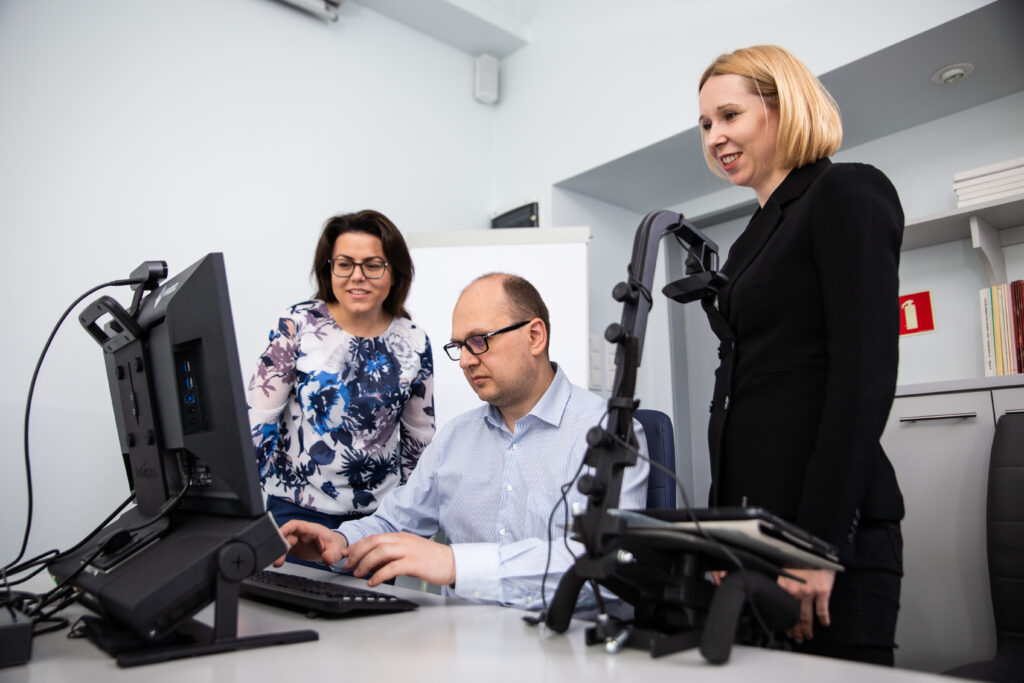
For over 25 years, we have been carrying out competition research. Owing to the highest quality standards, professionalism and acquired experience, we take great pride in high indicator of returning clients.
We know the best ways to obtain the information essential for effective planning of strategic actions in a company.
Building a competitive business is easier when using our research and analyses.
We will be happy to answer your questions and suggest research methods most suitable for each individual case. We kindly invite you to get familiar with our full offer.
Competitive research – Price list
The competitive research, which we carry out, is customised and tailored to each client’s needs. Therefore, we strongly recommend contacting us, in order to obtain a detailed price list.
FAQ
Competitive analysis delivers the information about market agents, who are competing with a company. This is the information about the number of competitors and their market shares, the development stage of the competition and their market behaviour patterns.
Analysing the competition, we can understand the tactics the competitors adopted, what they want to achieve, and how their strategies are better or worse than ours. Thanks to it, we can build an adequate strategy and tailor our way of operating to actions and initiatives of our competitors.
Research timeframe is discussed individually with each client. However, average project duration is 5-6 weeks. This time can be shortened or extended, depending on the adoptedresearch methodology and planned scope of analysis.
The competition never “sleeps” – they launch new product, try to enter new markets, apply new strategies. Hence, it is recommended to carry out competitive research periodically
Competitive analysis is a broad topic. We can research one or some aspects of competition or carry out global analysis. Sample research areas, which can fall within the scope of the competition analysis are: number and structure of competitors, their client profile, price and sales policy, marketing actions, analysing competitive offers.
Without competitive analysis, it is impossible to build a successful company. Competitive analysis identifies areas of your activities, which needs improvement. It also allows making better informed and accurate decisions.
In each case, the cost is discussed individually, as it depends on research methodology and its scope.
We support all the industries






